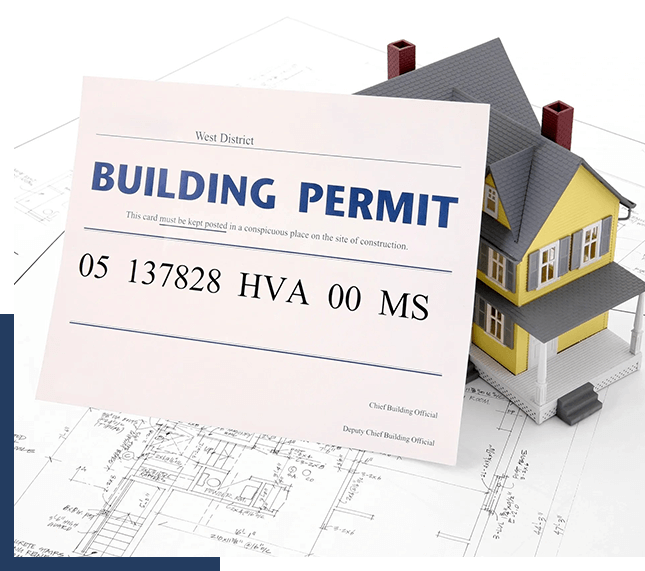Learning From Others
Wetland Surprise
When the Millers decided to join their neighbors and sell to a builder/developer, they were skeptical when the builder offered them less for their home than for their neighbors’ properties and told them it was because one-third of the lot was unbuildable wetlands. They didn’t have any wetlands when they bought the property, but when they purchased it, the access road was gravel. A few years prior to their attempt to sell, the road was paved, but no sidewalks or gutters were put in. The Millers’ property was located at the bottom of the hill, and runoff from the paved road ran into the lower corner of their lot. After several years, it became saturated, and wetland plants took root. While that corner of the property was beautiful, it wasn’t buildable, and the Millers lost some of the value of their large parcel.
Takeaway – pay attention to drainage on your property. Whether it is the uphill neighbor’s pond draining onto your lot or runoff of some other kind, if left unremedied, it can become a financial loss.

Sewer is How Much?!
When one of the builders I worked with had a leftover half-acre parcel that was primarily wetland with one standing home on a septic system, we determined that even though we could subdivide the property into one large lot with wetlands and one small lot next to the existing house, but only if we hooked the property up to sewer. However, the sewer connection cost for the City of Issaquah at the time included a cost per foot of street frontage fee. Just hooking the property to the existing sewer line was approximately $150,000 due to the extensive street frontage of the half property. This is an extraordinarily high amount. Due to the loss of value that having the existing house positioned directly next to a second house would create for the existing house, it turned out that the highest and best use was to sell the half acre with the house on it to a buyer who valued privacy.
Takeaway – A property that is narrower than it is deep can sometimes be more valuable than a property that is wider in the front and shallower, even if both properties are identical in every other aspect, including size, features, and location. The hidden cost of sewer hookups can directly impact how much the property can sell for.


